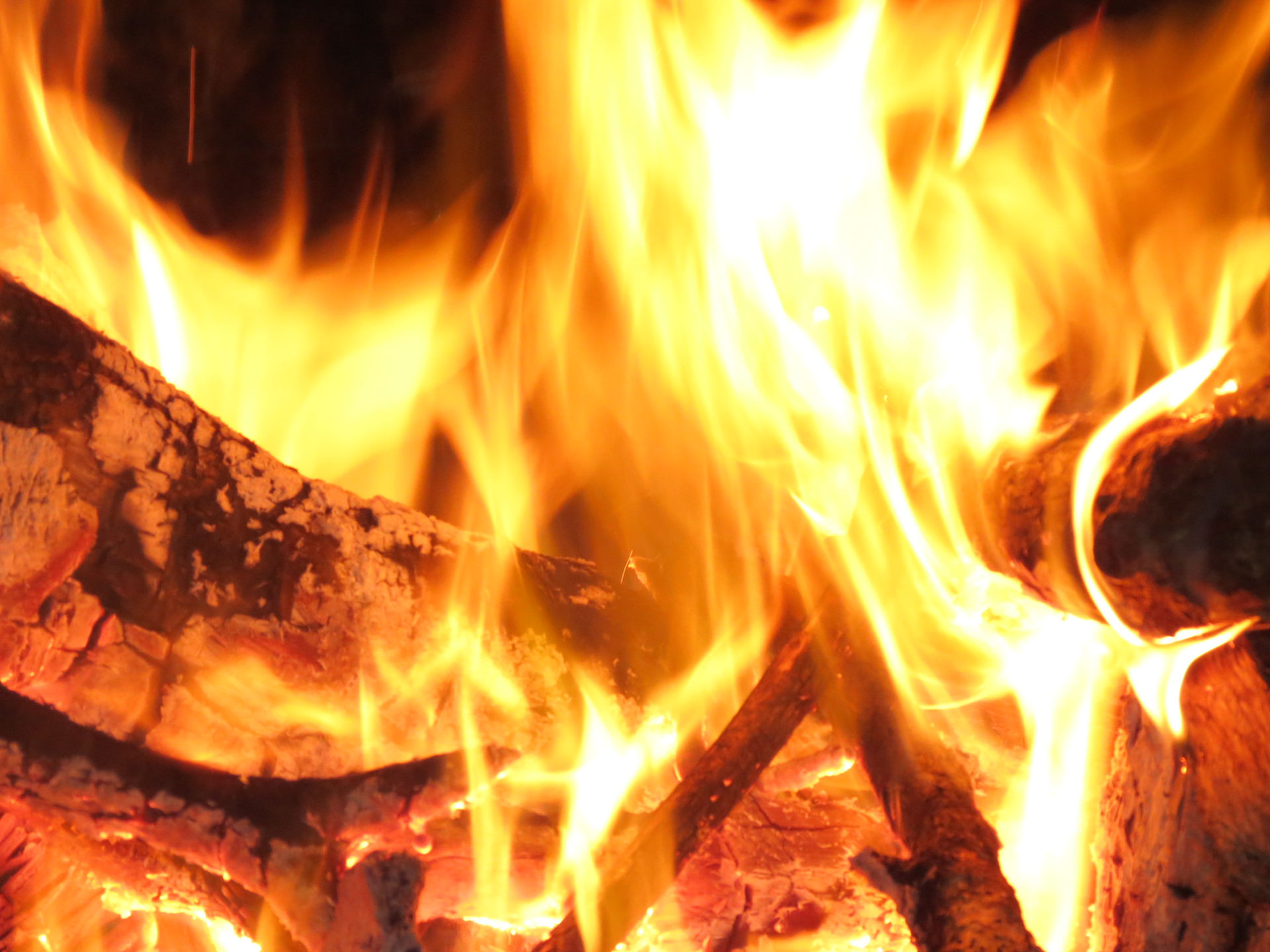
This article was taken from Inner Views, a newsletter published exclusively for employees of Miami Children’s Hospital by the Marketing Department…
Miami Children’s Hospital
6125 SW 31 Street, Miami, Fl. 33155
How Halloween Began
Ghosts, goblins, and witches. Warlocks, fairies, and demons. There is no other holiday quite like Halloween.
The earliest Halloween celebrations took place among the Celts, who lived more than 2,000 years ago in what is now England, Ireland, Scotland, Wales, and northern France. The Celtic order of Druids (priests) used to honor Samhain, the lord of the dead, on the evening of October 31 and the day of November 1.
Called the vigil of Samhain, the Celts also believed that on October 31, Samhain assembled the souls of all those who had died during the previous year. To pay for their sins, these souls were put into the bodies of animals. The greater a person’s sins, the lower the animal into which his or her soul was placed. All sorts of goblins, spirits, and fairies were though to roam the earth during this event.
In addition to worshiping Samhain, the Celts also worshipped their own sun god. They believed that the sun, as the ripener of grain, provided provisions for the year. So, once the summer’s harvest was safely stored, the Celts tried to help strengthen the sun god for the coming battle with the darkness and cold of winter. To do this they offered animal sacrifices to the sun on November 1, the Celtic New Year.
In nearby Rome, a festival honoring the goddess of Pomona was also held around November 1. Pomona was the mistress of fruits and gardens. To thank Pamona for good harvests, the Romans laid our apples and nuts in her honor. Then they played various games, held races, and celebrated throughout the day and night.
When the Romans conquered the Gauls, a Celtic people in what we now know as France, they brought their customs with them. Soon the Roman festival honoring Pomona and the Celtic Vigil of Samhain were both held at the time we now celebrate Halloween. The result was a great fall holiday that mixed customs of two cultures.
Later, during the Middles Ages, witchcraft emerged as an organized cult opposed to the Roman Catholic Church. Halloween became known as the Night of the Witch. It was then, according to superstition, that the devil and all of his followers gathered. They would mock the coming of the Church’s festival of All Saints’ Day on November 1 by performing unholy acts.
However, Church leaders hoped that by making November 1 a religious ceremony, the pagan rituals that had survived over the centuries would be forgotten. People around the world continued the celebrations on the evening before All Hallows and consequently known as All Hallows Eve. While this holiday was a day for religious thought and church services, it was a night for magic and superstition. And as time passed, the name was shortened to Halloween.
Halloween combined many religious customs. From All Saints Day and All Souls’ Day came the traditional honoring of the dead and their spirits. From Pomona Day came apples, nuts, and other symbols of the harvest. And from the Vigil of Samhain came goblins, fortune-telling, magic, black cats, and evil spirits.
[How Halloween Began] [Halloween] [What is the truth about Halloween] [Halloween Origins and Customs]



